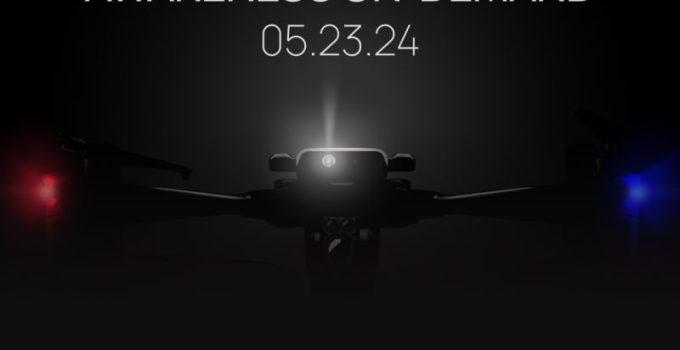 Zipline, the world’s largest autonomous delivery system, today became the first company in history to ...
Zipline, the world’s largest autonomous delivery system, today became the first company in history to ...Zipline makes 1,000,000 commercial autonomous drone deliveries

 Zipline, the world’s largest autonomous delivery system, today became the first company in history to ...
Zipline, the world’s largest autonomous delivery system, today became the first company in history to ...











